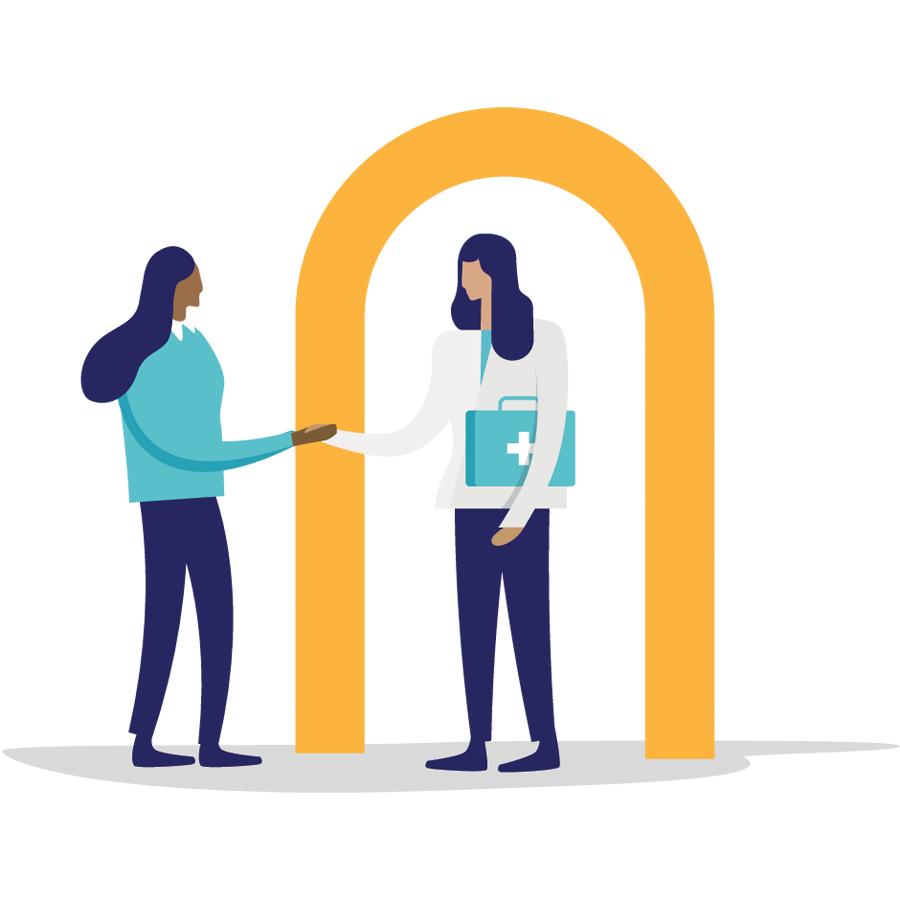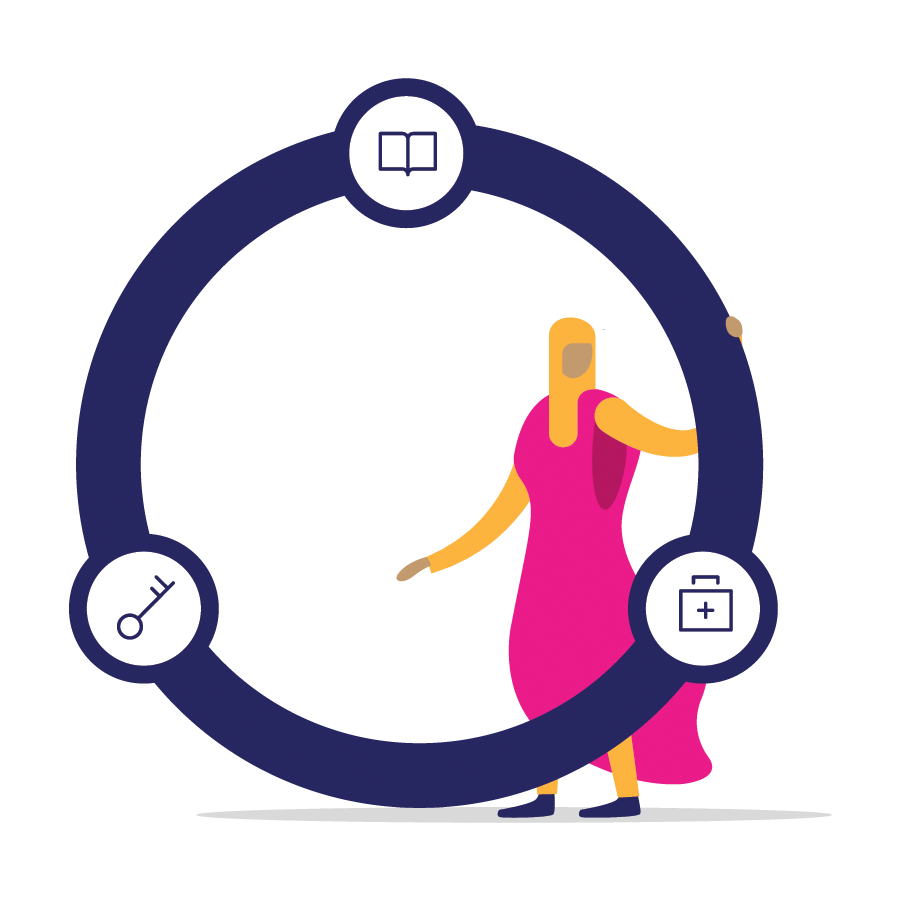Subscribe to our newsletter to receive the latest SafeAccess articles, straight to your inbox.
sign upFor women living in remote and rural settings, a shortage of trained, available medical professionals can prevent women from accessing the safe abortion and post-abortion care services they need.
In these settings and more, the World Health Organisation has stated that task sharing can be an ‘effective, safe and acceptable’ approach to increasing access to safe abortion medical services.
Task sharing can be defined as a means of expanding access to healthcare services, through the upskilling of lower-level health cadres. As a result, when delivered effectively, task sharing can expand access to safe abortion and post-abortion care services, particularly in communities that are otherwise under-served by medical professionals.
In Nepal, the Center for Research on Environment, Health and Population Activities (CREHPA), funded by the Safe Abortion Action Fund, supported 20 mid-level provider-led government health posts to roll-out services through task sharing. Through the programme, CREHPA were able to strengthen and expand access to safe medical abortion services in 20 rural municipalities.
The challenge: A lack of safe abortion services in hard-to-reach communities
Gender inequality, illiteracy and poverty prevent many women and girls in Nepal from realizing their sexual and reproductive rights. Even though the government has made significant strides in reducing its maternal mortality rate, complications related to unsafe abortion continue to be one of the leading causes of maternal death in Nepal.
In 2002, abortion was legalized by the government or Nepal, with the provision of manual vacuum aspiration starting in 2004. In 2008, training in surgical abortion was expanded to include senior health nurses who had already received training in post-abortion care. However, these healthcare professionals and the facilities they worked in were concentrated in urban areas, restricting access in rural and remote regions.
In 2009, medical abortion services were introduced in Nepal, posing an opportunity for lower-qualified health professionals, such as auxiliary nurse midwives, to deliver services. In 2015, CREHPA used this opportunity to up-skill nurses in rural regions in medical abortion (MA) provision, expanding access to otherwise under-served communities via task sharing.
Task sharing: Training lower level health cadres to provide life-saving services
By using the existing local health workforce, CREHPA’s study in Nepal found that task sharing can offer an affordable and effective solution to extending access to medical abortion.
Leveraging existing partnerships with the Ministry of Health and Population and local non-governmental organizations, CREHPA’s programme had three key objectives:
- Training mid-level providers (auxiliary nurse midwives) based in rural government health facilities (health post and sub-health post level) to provide medical abortion services
- Supporting the accreditation of these facilities as certified safe abortion service sites
- Training female community health volunteers to increase community awareness and facilitate referrals for safe abortion services.
The impact of CREHPA’s work was clear. The number of medical abortion services provided in the accredited health and sub-health posts increased significantly between 2015 and 2016. In fact, the project sites provided more services in the first six months of 2016 (353) then were provided in the whole of 2015 (340).
I am very happy to provide medical abortion services because women can get the abortion service in their own village and they do not have to travel so far. They can also open up more easily with me as they know me. Confidentiality and privacy can be maintained here. As it is nearby the woman, she can come here by herself and there is no need to depend on other family members.
Auxiliary Nurse Midwife, Baniyabhar Health Post
Describing how they managed the roll-out, CREHPA and SAAF share the seven steps they took to implement task sharing and expand access. Read how they did it and how these key building blocks could be rolled out elsewhere too, in their programming brief: Using the task sharing model to expand access to under-served populations in Nepal.






